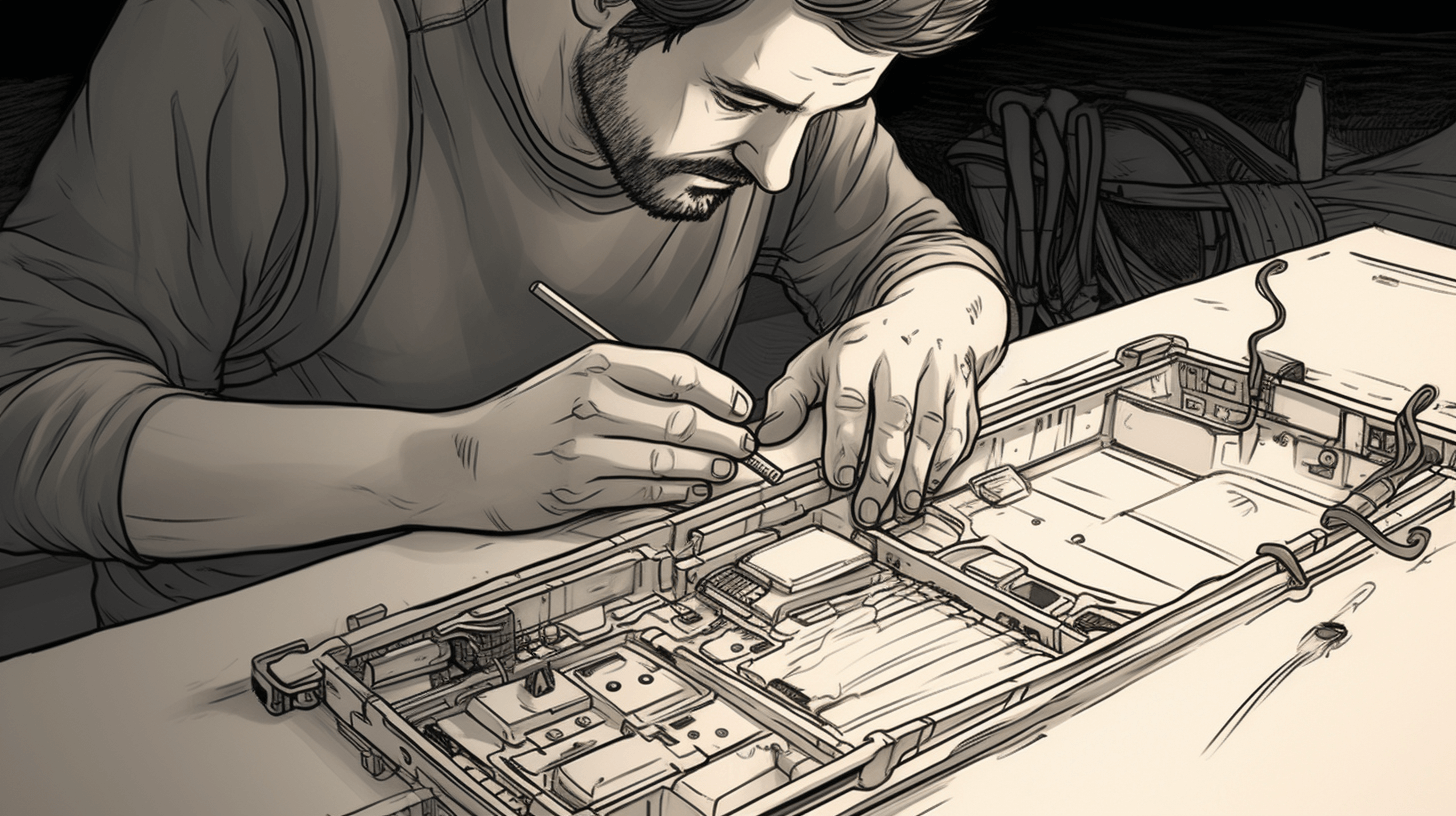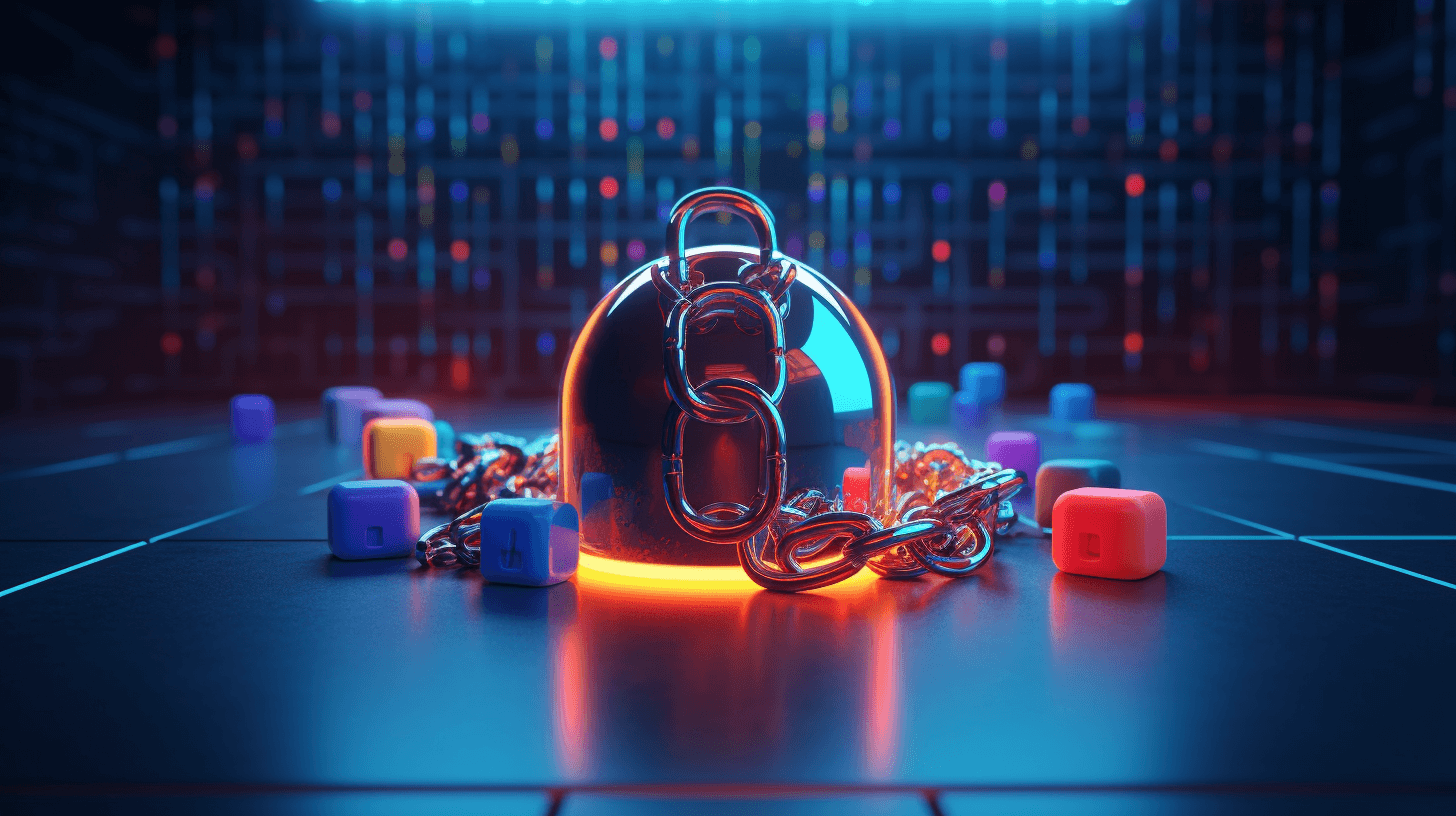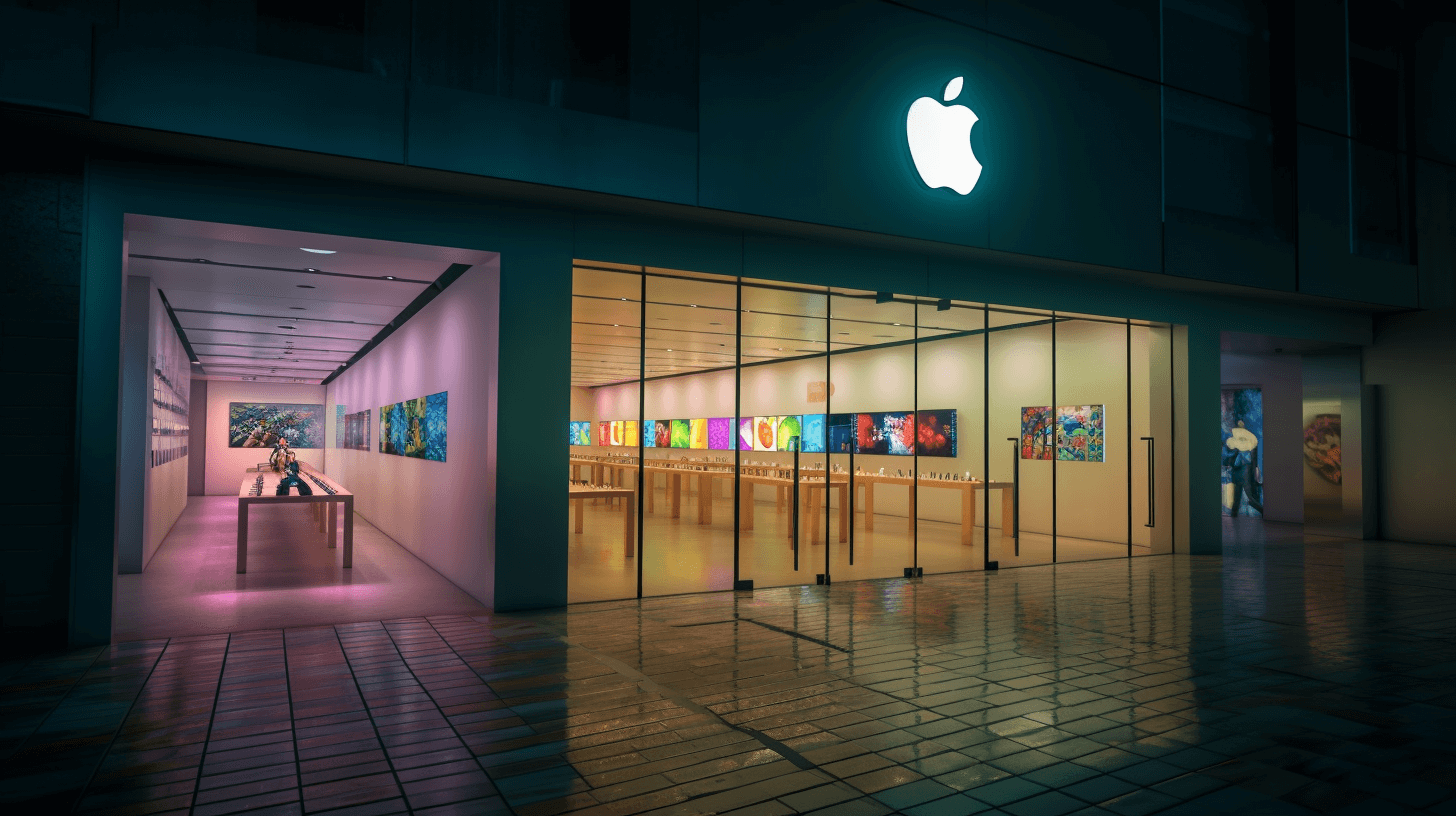📱🔧 Apple Tightens Grip on iPhone Repairs, Leaving Locals Scrambling
⬇️ Pidgin | ⬇️ ⬇️ English
Eh, you guys! You know how we love our iPhones, yeah? But get one big pilikia (problem)! Even aftah you pau (finish) paying choke money for one iPhone, like $1,000, guess what? Apple still get da reins. Dey stay coding their devices with software dat makes repairing um more hard, triggering safety warnings and malfunctions. Kinda like dey still own da phone, even aftah you buy um! 🍎🚫
Back in da day, fixing one iPhone was easy kine. Cracked screens? No sweat. Broken cameras? Can handle. But since 2017, brah, repairing iPhones is like walking through one minefield. New batteries might give you warning messages, replacement screens can mess with your phone’s brightness, and don’t even get me started on da selfie cameras malfunctioning. 📲💥
Dis kine breakdowns, they come from Apple’s kine practice of writing software dat gives them control over da iPhones, even long time aftah someone buys one. Not like cars, where you can use generic parts, fix um yourself, or go any kine auto shop. Da new iPhones, they programmed for recognize only da serial numbers for da original parts and might get all buss up if da parts are changed. 🚗📵
According to iFixit, a company dat analyzes iPhone components and sells parts for da DIYers, this year get seven iPhone parts dat can cause issues during repairs. Dat’s up from three in 2017. Since 2016, da rate at which parts can cause breakdowns wen’ go up about 20 percent each year. 🛠️📈
iFixit wen’ do tests for see which parts cause issues when swapped between working iPhones of da same model. Their results? Da number of malfunctions increased with da later iPhone generations. 📱🔍
Da software stuff, what dey call parts pairing, has been pushing Apple customers for go to Apple’s stores or authorized repair centers, where they charge more kala for parts and labor. Like, replacing one shattered screen can cost nearly $300, about $100 more than what one independent shop might charge for use one third-party screen. 💸💔
Check dis out: Da cost for replace one cracked screen on a year-old iPhone 14 is almost da same as da phone’s trade-in value, which Apple sets at $430. And, Apple’s tight control on da repairs means customers might feel like they gotta buy AppleCare, their device insurance, which costs up to $200 but gives free battery replacements and screen repairs. Apple rakes in about $9 billion each year from dis service. 📉💰
Da thing is, all dis also raises questions about Apple’s commitment to sustainability. Independent repair advocates say Apple could help reduce carbon emissions more effectively if they make repairs cheaper. Dat way, people would fix their devices instead of buying new ones. 🌍💚
Apple’s spokesman wen’ say dat da company supports da right to repair and created a self-service repair program for help out. But, brah, no quotes in dis article, so we just gonna leave it at dat. 🛠️🍏
State lawmakers from New York to California and even da Biden administration wen’ get involved, trying for make repairs easier. Dey encouraging da Federal Trade Commission for advance rules for stop smartphone makers from restricting independent repairs. But most of these regulations no specifically address da parts pairing issue. 🗽🌉
Fun fact: Da iPhone 7, released in 2016, is considered da last easily repairable model. But aftah da iPhone X came out in 2017, everything changed big time. More parts pairing, more malfunctioning parts when replaced. Apple’s latest, da iPhone 15, get even more features and, you guessed it, more parts pairing. 📱🔄
Dis kine practice of using software for control repairs is now all over da place in electronics, appliances, and heavy machinery. HP, Tesla, John Deere, you name um, they doing it. Apple and other companies say dis is for protect customers’ safety and their brand. But if one independent shop messes up one repair, oftentimes da customer blames Apple instead of da shop. Plus, da practice helps Apple for keep a record of da parts in da device, which can be helpful for people buying secondhand phones. 🔒🌐
But, da increase in parts pairing with software has sparked one movement for make repairs cheaper and easier. Proponents like iFixit say it’s better for da environment and for da wallets of da customers to extend da life of devices. Dey urging lawmakers for simplify repairs and asking da big question: “Who owns da device aftah it’s been
purchased? Da customer or da manufacturer?” 🌱💸
When Apple wen’ expand its software limits in 2017, it wen’ shake up da repair business big time. One shop owner in South San Francisco said iPhone repairs wen’ drop about 15 percent dis year. Some customers with cracked screens keep using their phones ’cause they find repairing or replacing um too expensive. 📉🔧
Free Geek, one nonprofit based in Portland, Ore., dat donates repaired computers and smartphones to less fortunate folks, decided iPhones too hard for service ’cause of Apple’s software. Last year, they wen’ receive thousands of donated iPhones but only could fix 280. “It’s a headache,” they said. 😵💻
Consumers who no like pay top dollar for Apple-authorized repair might suffer da consequences. One 15-year-old wen’ break his iPhone SE screen on one snowboarding trip. Da closest Apple Store quoted $130 for replacing da screen, 40 percent higher than the independent store. Aftah da repair, da phone worked, but was missing True Tone, one software feature dat adjusts da screen’s brightness and color. 🏂📱
Recently, New York, Minnesota, and California passed bills requiring electronics manufacturers to provide parts, tools, and manuals to third parties. Aftah years of lobbying against such rules, Apple wen’ support California’s law and honor it across da United States. Dey even encouraged da federal government for adopt similar rules. 🗳️🍏
But da California legislation neva really address Apple’s practice of using software for control da repair process. In Oregon, lawmakers, including State Senator Janeen Sollman, aiming for pass one law dat would prohibit Apple and others from having restrictions on repairs. 📜🔨
Apple trying for scale back da Oregon legislation. Dey paid for a half dozen legislators for visit their Silicon Valley headquarters dis year, and tried for impress on them how important security and safety were to repairs. But Ms. Sollman left California not convinced. She said, “You’re making it more accessible, but it’s not a true right to repair if you have ultimate control.” 🌐🚫
So, dat’s da story, gang! Apple stay tightening their grip on iPhone repairs, leaving us locals scrambling for find affordable solutions. Stay tuned for more updates on dis kine tech pilikia! 📱🔧🤙🏽
NOW IN ENGLISH
📱🔧 Apple Tightens Its Grip on iPhone Repairs, Leaving Users in a Bind
Hey there, everyone! Here’s something for all you iPhone lovers out there. Did you know that even after shelling out a grand for your iPhone, Apple still has control over it? That’s right! They’ve coded their devices with software that complicates repairs by causing safety warnings and malfunctions. It’s like they still have a say over your phone, even after you’ve bought it! 🍎🚫
Back in the good old days, fixing an iPhone was pretty straightforward. Cracked screens and broken cameras could be fixed in no time. But since 2017, iPhone repairs have become a real headache. New batteries can cause warning messages, replacement screens might mess up your phone’s brightness settings, and don’t get me started on the selfie cameras that could go haywire. 📲💥
This problem stems from Apple’s software, which keeps control over iPhones even after purchase. Unlike cars, which can be repaired with generic parts, iPhones are designed to recognize only the original components’ serial numbers, and replacements might lead to malfunctions. 🚗📵
iFixit, a company that analyzes iPhone components and sells parts for DIY repairs, reports that this year, seven iPhone parts can trigger issues during repairs, up from just one in 2016. The number of malfunction-causing parts has been increasing by about 20 percent each year since then. 🛠️📈
iFixit’s tests reveal that swapping parts between working iPhones of the same model leads to various malfunctions, especially in the newer generations. 📱🔍
This phenomenon, known as parts pairing, nudges Apple customers towards its stores or authorized repair centers, which charge higher prices for parts and labor. For instance, replacing a shattered screen could cost nearly $300, around $100 more than what an independent shop might charge. 💸💔
To add perspective: replacing a cracked screen on a year-old iPhone 14 costs nearly the same as the phone’s trade-in value, which Apple sets at $430. Plus, Apple’s control over repairs pushes customers towards AppleCare, their device insurance plan, which costs up to $200 but covers free battery replacements and screen repairs. Apple earns about $9 billion annually from this service. 📉💰
Apple’s approach also raises sustainability concerns. Independent repair advocates argue that making repairs more affordable would encourage people to maintain their devices longer instead of buying new ones, thus reducing carbon emissions. 🌍💚
An Apple spokesperson stated that the company supports customers’ right to repair and has even created a self-service repair program. 🛠️🍏
In response to these restrictions, state lawmakers from New York to California and the Biden administration are pushing for rules to make repairs easier and prevent smartphone makers from restricting independent repairs. However, most of these regulations don’t specifically address the issue of parts pairing. 🗽🌉
The iPhone 7, released in 2016, is considered the last model that was relatively easy to repair. The release of the iPhone X in 2017 marked a significant shift, with more parts pairing and increased malfunctions when parts are replaced. Apple’s latest, the iPhone 15, continues this trend. 📱🔄
Using software to control repairs is becoming common across various industries. Companies like HP, Tesla, and John Deere employ similar practices. Apple and others defend this approach, claiming it protects customer safety and the company’s brand. However, when independent shops botch a repair, customers often blame Apple. The practice also helps Apple keep a record of the parts in the device, useful for buyers of secondhand phones. 🔒🌐
But this growing trend of software-controlled repairs has fueled a movement advocating for cheaper and easier repairs. Proponents, including iFixit, argue that it’s better for the environment and customers’ wallets to extend the lifespan of devices. They challenge lawmakers to simplify repairs, questioning, “Who owns the device after it’s been purchased? The customer or the manufacturer?” 🌱💸
When Apple expanded its software limits in 2017, it disrupted the repair business. For example, an independent shop owner in South San Francisco reported a 15 percent drop in iPhone repairs this year. Some customers continue using phones with cracked screens as they find repairing or replacing them unaffordable. 📉🔧
Free Geek, a nonprofit in Portland, Oregon, that donates repaired computers and smartphones to the underprivileged, found iPhones too difficult to service due to Apple’s software. Last year, they received thousands of donated iPhones but managed to repurpose only 280. 😵💻
Customers opting for non-Apple-authorized repairs face consequences. For instance, a 15-year-old who replaced his iPhone SE screen at an independent store lost the True Tone feature, which adjusts screen brightness and color. 🏂📱
Recently, New York, Minnesota, and California passed laws requiring electronics manufacturers to provide parts, tools, and manuals to third parties. After years of opposition, Apple supported California’s law and even encouraged the federal government to adopt similar rules. 🗳️🍏
However, these laws don’t directly address Apple’s practice of controlling the repair process through software. In Oregon, lawmakers, including State Senator Janeen Sollman, are working to pass legislation prohibiting companies from restricting repairs. Despite Apple’s efforts to influence the legislation, Sollman remains unconvinced that Apple’s current approach truly offers a right to repair. 📜🔨
So, that’s the lowdown! Apple is tightening its grip on iPhone repairs, leaving many users looking for affordable fixes in a tough spot. Stay tuned for more updates on this tech dilemma! 📱🔧🤙🏽







